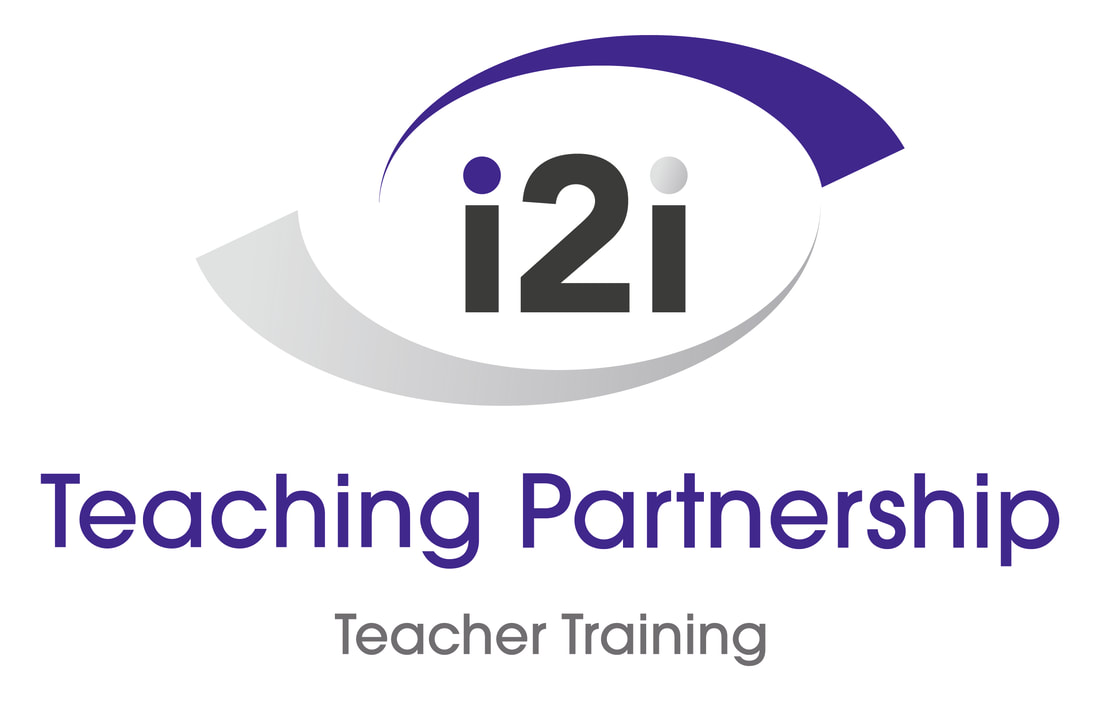SEND at Ash Manor School
Introduction
The vision for Special Educational Needs and Disability (SEND) at Ash Manor School is to provide the right level of support, at the right time, to enable the individual child to be successful. We have high expectations of all our students, regardless of need.
We aim to overcome potential barriers to learning by supporting students to find the right
personalised strategies they need to aspire and achieve. This inclusive approach at Ash Manor School means that SEND students study a full curriculum throughout their 5 year journey.
The foundation of effective progress for all is to receive quality first teaching delivered by the teacher in the classroom. Ash Manor’s Progress Coaches work closely with students, teaching staff parents and external agencies to ensure students can access the learning to enable each individual to achieve their full academic and social potential. As required, additional interventions occur in our dedicated SEND Hub.
The Inclusion team look forward to working with your child during their journey at Ash Manor School and preparing them for their post 16 pathway.
SENDCo Miss C Nicholls [email protected]
Deputy SENDCo Mrs H Stiff [email protected]
SEND Administer Mrs J Allman Talbot [email protected]
Below are the links to relevant school documents and policies
Click on the links below to view
SEND Policy
Safeguarding and eSafety Policy
Examinations Policy
Accessibility Plan
Useful Web Links
Surrey SEND Local Offer
https://www.surreylocaloffer.org.uk/parents-and-carers
Surrey’s Ordinarily Available Provision
https://www.surreylocaloffer.org.uk/practitioners/resources/ordinarily-available-provision
SEND Advice Surrey
https://sendadvicesurrey.org.uk/
UK Government about Special Education Needs and Disability
https://www.gov.uk/education/special-educational-needs-and-disability-send-and-high-needs
Mindworks
https://www.mindworks-surrey.org/
The vision for Special Educational Needs and Disability (SEND) at Ash Manor School is to provide the right level of support, at the right time, to enable the individual child to be successful. We have high expectations of all our students, regardless of need.
We aim to overcome potential barriers to learning by supporting students to find the right
personalised strategies they need to aspire and achieve. This inclusive approach at Ash Manor School means that SEND students study a full curriculum throughout their 5 year journey.
The foundation of effective progress for all is to receive quality first teaching delivered by the teacher in the classroom. Ash Manor’s Progress Coaches work closely with students, teaching staff parents and external agencies to ensure students can access the learning to enable each individual to achieve their full academic and social potential. As required, additional interventions occur in our dedicated SEND Hub.
The Inclusion team look forward to working with your child during their journey at Ash Manor School and preparing them for their post 16 pathway.
SENDCo Miss C Nicholls [email protected]
Deputy SENDCo Mrs H Stiff [email protected]
SEND Administer Mrs J Allman Talbot [email protected]
Below are the links to relevant school documents and policies
Click on the links below to view
SEND Policy
Safeguarding and eSafety Policy
Examinations Policy
Accessibility Plan
Useful Web Links
Surrey SEND Local Offer
https://www.surreylocaloffer.org.uk/parents-and-carers
Surrey’s Ordinarily Available Provision
https://www.surreylocaloffer.org.uk/practitioners/resources/ordinarily-available-provision
SEND Advice Surrey
https://sendadvicesurrey.org.uk/
UK Government about Special Education Needs and Disability
https://www.gov.uk/education/special-educational-needs-and-disability-send-and-high-needs
Mindworks
https://www.mindworks-surrey.org/












